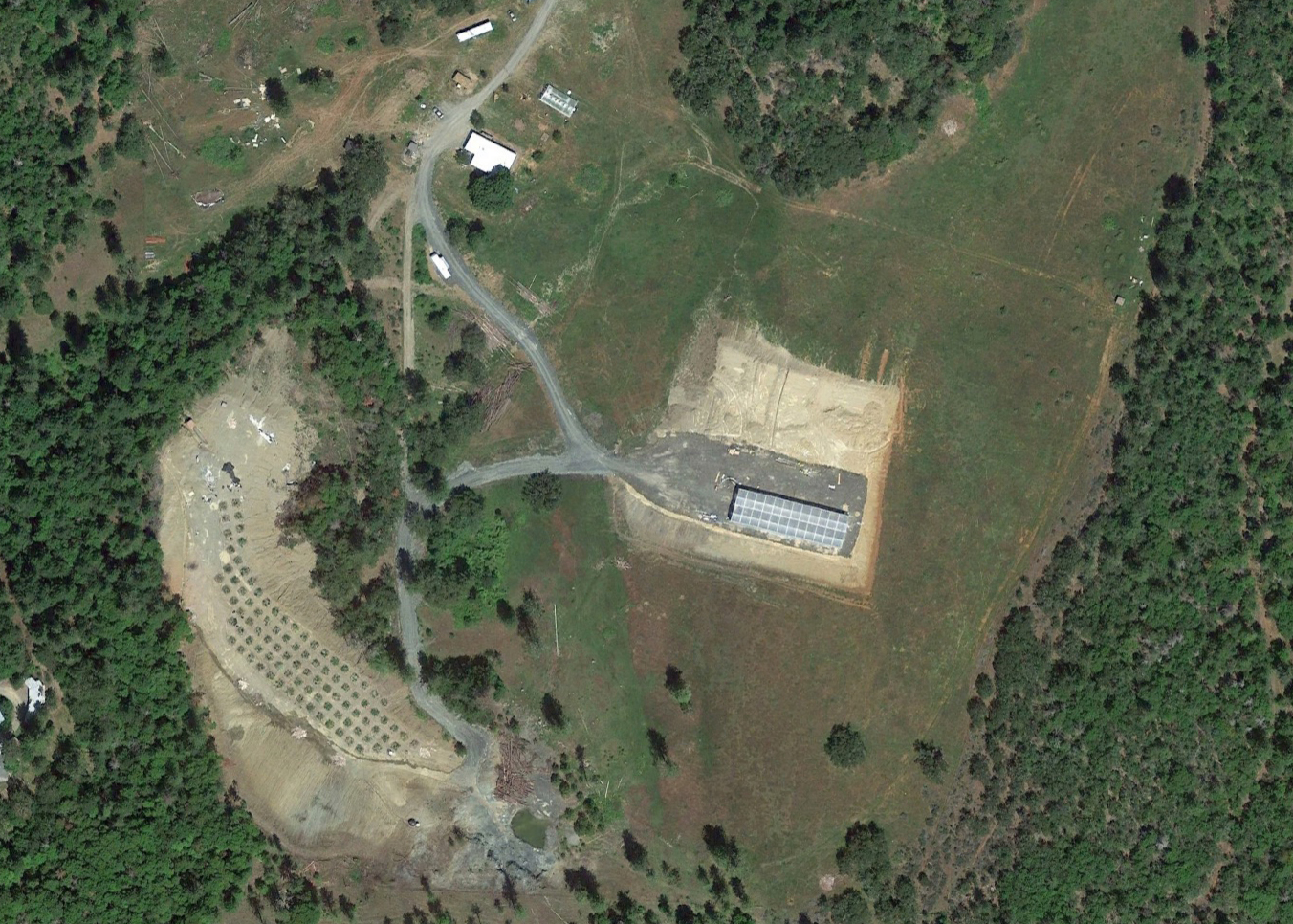Publication

Summary
On agricultural frontiers, opportunistic land use often drives environmental damage. Cannabis, an increasingly decriminalized commodity throughout the world, is creating new agricultural frontiers. How does this expansion interact with sensitive habitat in northern California, where cannabis regulatory programs and robust environmental laws exist?
From 2012–2016 cannabis farms increased in number by 58%. Cannabis plants increased by 183%. The total area under cultivation increased by 91%. Cultivation sites near high-quality habitat for threatened and endangered salmonid fish species increased by 80-116%. Cannabis production increased by 40% on steep slopes. Sites more than doubled near public lands and increased by 44% in remote locations far from paved roads. Cannabis farm abandonment was modest, driven primarily by farm size, not location within sensitive environments. During this same time, state budget allocations for cannabis regulatory programs increased six-fold. Compared to other state programs, however, the budget was modest. As cannabis production expands on frontiers elsewhere in the world, investments in policy and institutions must scale and strengthen rapidly to counter the drive for profits and threats to the environment.
